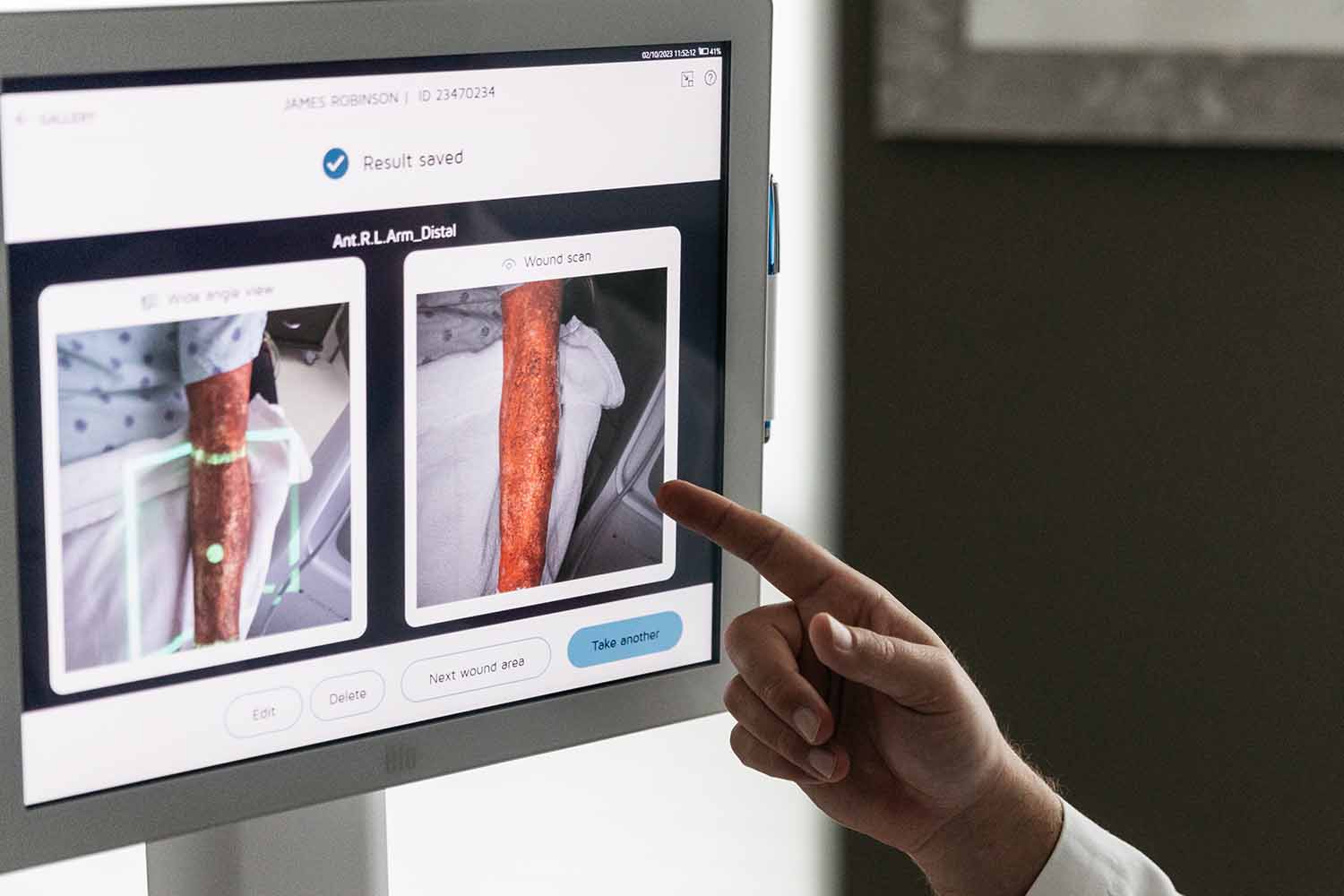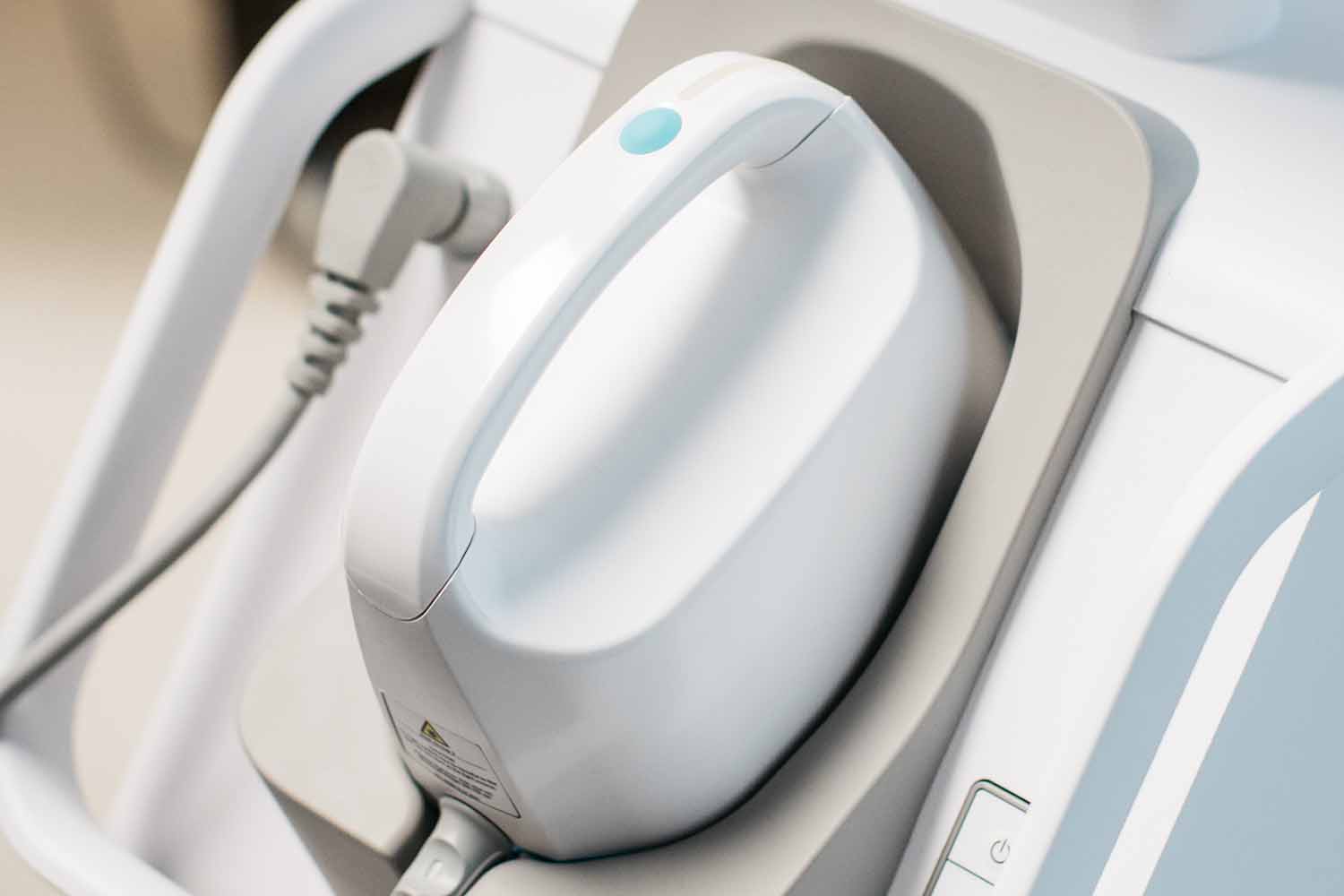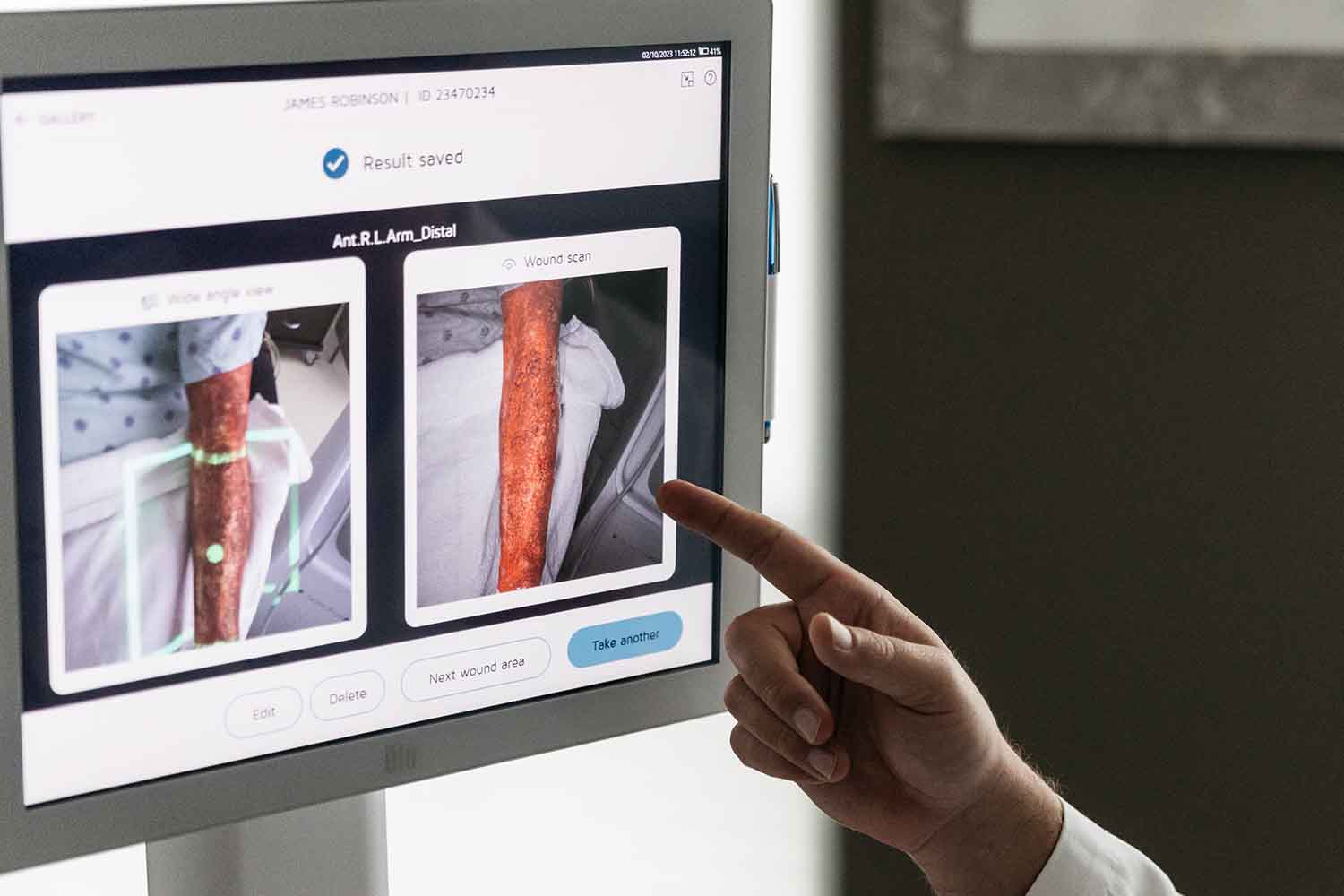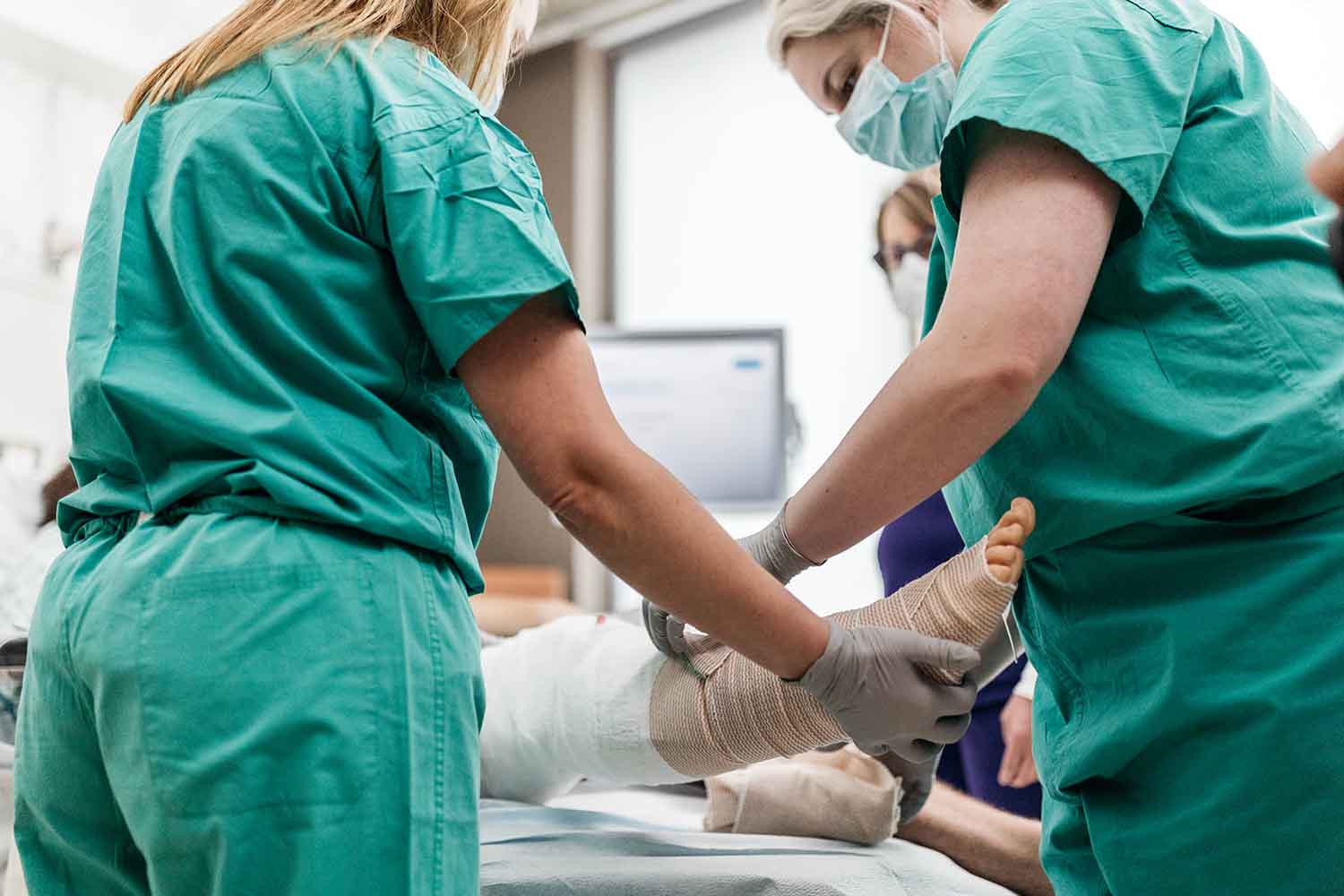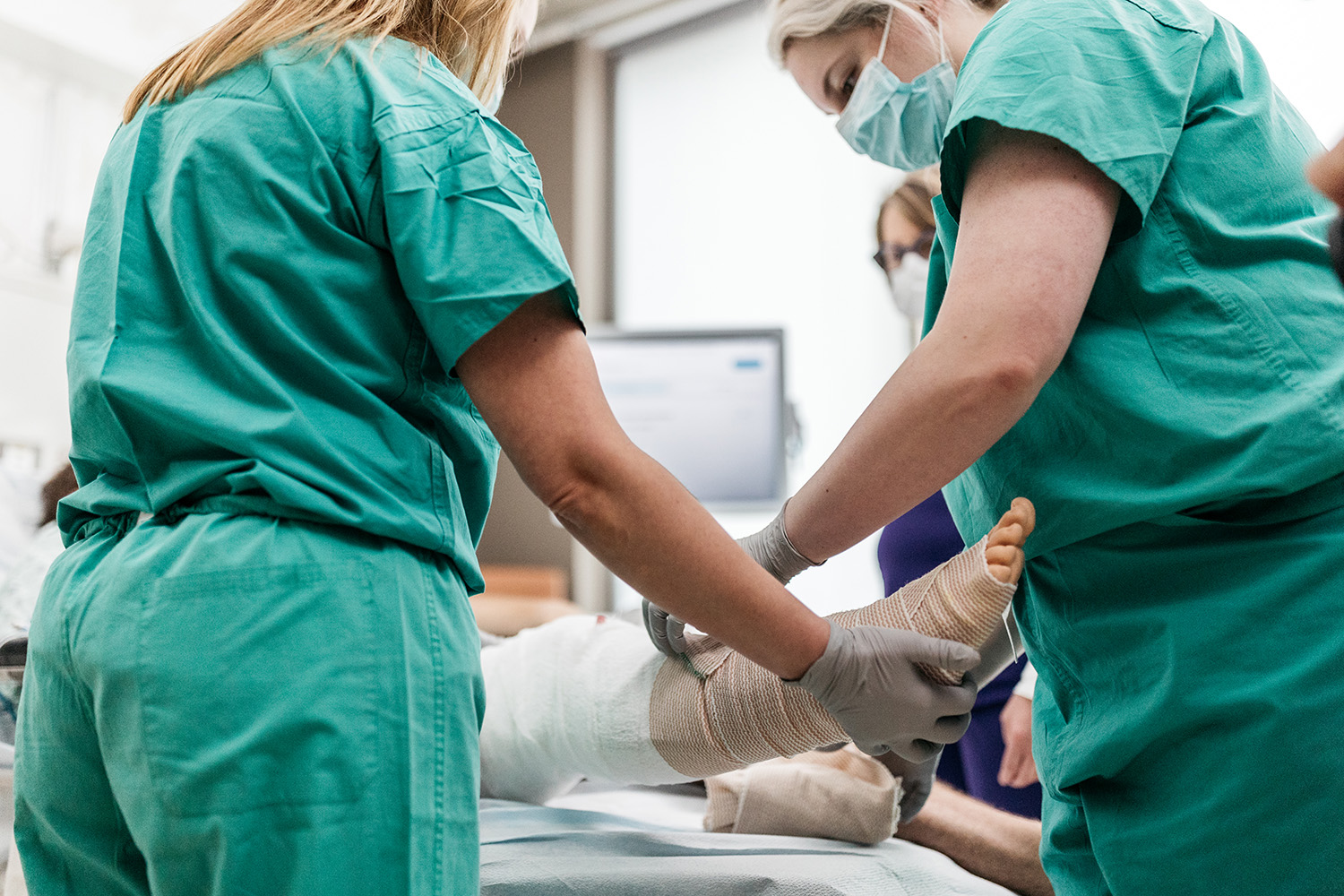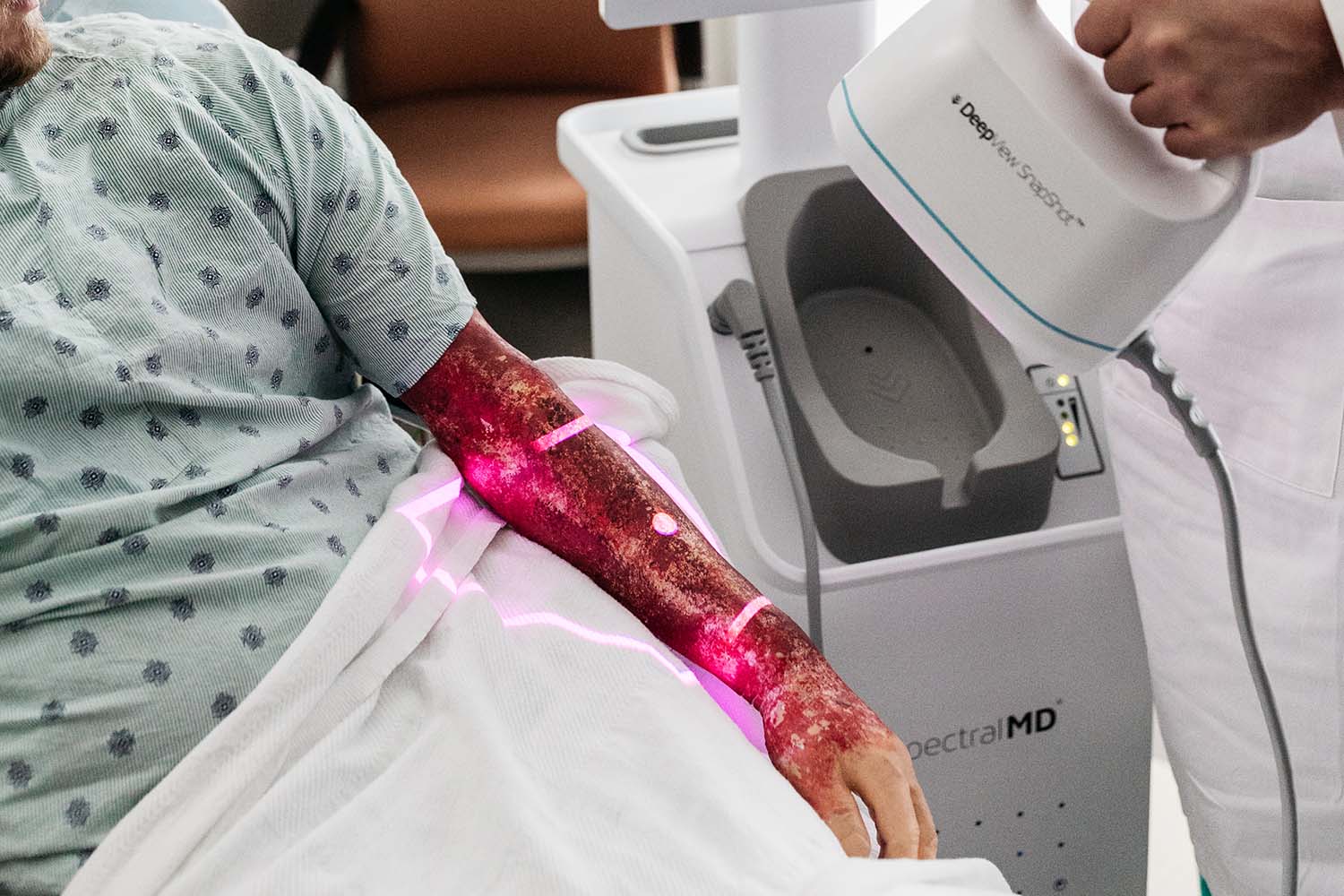Medical imaging technology is rapidly evolving, offering significant advancements that improve diagnostic accuracy and patient care. Recent developments in artificial intelligence (AI) and machine learning have enabled more precise image analysis, aiding in the early detection of diseases and the creation of personalised treatment plans. Innovations such as 3D and 4D imaging provide detailed, dynamic views of anatomical structures, enhancing surgical planning and outcomes. As these technologies continue to progress, they promise to revolutionise the field of medical imaging, making it more efficient and accessible.
Technology Overview
Medical imaging technology is revolutionising the diagnostics and treatment of burn wounds. Advanced imaging technologies, such as MRI, CT scans, and ultrasound, provide detailed views of tissue damage and healing progress. These tools enable burn physicians and wound clinicians to make precise assessments and tailored treatment plans. With enhanced imaging, identifying infection or other complications becomes faster and more accurate, ensuring timely intervention.
- MRI offers detailed soft tissue contrast.
- CT scans deliver comprehensive cross-sectional images.
- Ultrasound allows real-time monitoring.
Moreover, the integration of these imaging technologies improves patient outcomes by facilitating early detection and personalised care. Thus, embracing these medical advancements is crucial for optimal wound management.
Evolution of Medical Imaging Technologies
The evolution of medical imaging technologies has significantly enhanced burn care and wound management. These advancements allowed burn physicians and wound clinicians to improve diagnostic accuracy and treatment planning.
- 1895: X-rays provided the first internal images.
- 1972: CT scans introduced detailed cross-sectional views.
- 1977: MRI offered high-resolution soft tissue imaging.
- 2010s: AI-powered imaging enhanced diagnostic accuracy.
Radiology Types
X-Ray
X-rays play a crucial role in medical imaging, providing valuable insights for burn physicians and wound clinicians. This technology works by passing a controlled amount of radiation through the body, capturing images of internal structures. Denser materials, like bones, absorb more X-rays and appear white on the radiograph, while softer tissues appear in shades of gray.
Common uses in diagnostics include:
- Identifying fractures and bone abnormalities
- Detecting infections and foreign objects
- Assessing the extent of soft tissue damage
Computed Tomography (CT) Scans
Computed Tomography (CT) scans are a powerful tool in medical imaging, offering detailed cross-sectional images of the body. This technology works by rotating an X-ray source and detectors around the patient, capturing multiple images from different angles. These images are then processed by a computer to create a comprehensive 3D view.
Advantages over traditional X-rays include:
- Providing detailed images of soft tissues, bones, and blood vessels
- Identifying complex fractures and internal injuries with precision
- Detecting subtle changes in tissue density
CT scans offer enhanced diagnostic accuracy for burn physicians and wound clinicians, allowing for precise assessment of burn depth and tissue damage. Additionally, this imaging technology aids in planning surgical interventions and monitoring the healing process.
More about Deepview
Learn more about our DeepView® technology
Request a Demo
Looking to learn more about DeepView® technology, or eager to see it in action?
Magnetic Resonance Imaging
Magnetic Resonance Imaging (MRI) is a sophisticated medical imaging technology that utilises powerful magnets and radio waves to generate detailed images of the body’s internal structures. This technology works by aligning hydrogen atoms in the body and then disrupting this alignment with a radiofrequency pulse. When the atoms return to their original state, they emit signals captured to create images.
Applications in medical diagnostics include:
- Assessing soft tissue damage and inflammation
- Evaluating the extent of burn injuries and scarring
- Diagnosing musculoskeletal and neurological conditions
MRI offers superior contrast resolution compared to other imaging technologies, making it invaluable for burn physicians and wound clinicians. This imaging technology allows for precise evaluation of tissue viability and the identification of complications.
Ultrasound
Ultrasound is a versatile medical imaging technique that uses high-frequency sound waves to produce real-time images of the body’s internal structures. This technology works by transmitting sound waves through the body, which bounce off tissues and organs. The returning echoes are captured and converted into visual images.
Applications in medical diagnostics include:
- Evaluating soft tissue injuries and wound healing
- Guiding needle procedures for fluid aspiration or biopsy
- Monitoring blood flow and detecting vascular abnormalities
Ultrasound offers several advantages, such as being non-invasive, radiation-free, and providing immediate results.
Innovations in Imaging
Digital
Digital technologies offer several advantages over their analog predecessor:
- Immediate image access and sharing
- Enhanced image storage and retrieval
- Reduced radiation exposure
These advancements streamline procedures, enabling professionals to make faster, more informed decisions.
3D and 4D
Innovations in 3D and 4D imaging techniques offer detailed, dynamic views of tissues and structures.
Advantages include:
- Enhanced visualisation of wound depth and healing
- Real-time monitoring of tissue changes
- Improved surgical planning and outcomes
Artificial Intelligence
AI-driven imaging technologies enable health professionals to make more informed decisions, optimising patient outcomes. Furthermore, these innovations streamline procedures, reducing the time needed for manual analysis and allowing for quicker intervention. Incorporating AI into medical imaging techniques empowers healthcare professionals, enhancing their ability to deliver high-quality care. As these technologies continue to advance, they promise to revolutionise the field, offering unprecedented precision and efficiency in diagnostic procedures.

More about Deepview
Learn more about our DeepView® technology
Request a Demo
Looking to learn more about DeepView® technology, or eager to see it in action?
Benefits of Clinical Images
Clinical images enhance diagnostic accuracy by providing detailed views of internal structures, allowing for precise assessment and treatment planning. This improved accuracy helps in identifying the extent of tissue damage and monitoring healing progress.
Moreover, clinical imaging techniques are non-invasive, reducing the need for exploratory procedures. This advantage minimises patient discomfort and lowers the risk of complications. Additionally, these imaging methods enable early detection of potential issues, such as infections or necrosis, allowing for timely intervention.
Early detection through clinical images leads to more effective treatment, improving patient outcomes and reducing recovery time.
Challenges and Future Directions
Technological Challenges
Technological challenges for medical imaging with AI include:
- Data Quality and Quantity: AI algorithms require large datasets with high-quality, labeled images for training. Ensuring these datasets are diverse and representative of different populations and conditions is a significant challenge.
- Integration with Existing Systems: Integrating AI technologies into current medical imaging systems and workflows can be complex and costly. Compatibility with various imaging equipment and electronic health records (EHRs) is crucial.
- Interpretability and Transparency: AI models, particularly deep learning ones, often operate as “black boxes.” Understanding how they make decisions and ensuring their transparency is essential for gaining trust from medical professionals.
- Regulatory and Ethical Issues: Ensuring AI applications meet regulatory standards and ethical guidelines is a significant hurdle. This includes addressing issues related to patient privacy, data security, and bias in AI algorithms.
- Clinical Validation and Adoption: Demonstrating the clinical efficacy and reliability of AI-driven imaging solutions through rigorous trials and gaining acceptance from healthcare professionals are critical steps for widespread adoption.
- Cost and Resource Constraints: Implementing AI technologies in medical imaging requires substantial investment in infrastructure, training, and ongoing maintenance, which can be a barrier, especially for resource-limited settings.
Future Trends
Future trends in medical imaging are set to revolutionise healthcare with several emerging technologies on the horizon. One promising development is the integration of AI and machine learning, which will enhance diagnostic accuracy and efficiency. These technologies can rapidly analyse vast amounts of imaging data, providing real-time insights and predictions.
Another exciting trend is the advancement of molecular imaging, which allows for the visualisation of biological processes at the molecular level. This innovation could lead to earlier detection of diseases and more personalised treatment plans.
Additionally, the use of augmented reality (AR) and virtual reality (VR) in imaging is expected to grow, providing immersive 3D views of anatomical structures for better surgical planning and education.
Portable imaging devices that enable bedside diagnostics like our patented DeepView® technology, an AI wound diagnostics platform that combines AI algorithms and medical imaging for diagnostic wound healing predictions, continue to be developed daily.

More about Deepview
Learn more about our DeepView® technology
Request a Demo
Looking to learn more about DeepView® technology, or eager to see it in action?
Medicine Ethical and Regulatory Considerations
There are several ethical and regulatory issues facing companies who are developing medical imaging using AI:
- Patient Privacy and Data Security: AI systems require access to large amounts of medical data, raising concerns about the privacy and security of patient information. Ensuring compliance with regulations like HIPAA (Health Insurance Portability and Accountability Act) is crucial to protect sensitive data from breaches and unauthorised access.
- Bias and Fairness: AI algorithms can inherit biases present in training datasets, leading to unequal treatment outcomes across different patient demographics. It is essential to ensure that AI systems are trained on diverse and representative datasets to avoid perpetuating or exacerbating health disparities.
- Transparency and Explainability: Many AI models, especially deep learning ones, operate as “black boxes,” making it difficult to understand their decision-making processes. Enhancing the transparency and explainability of these models is necessary to build trust among healthcare professionals and patients and to ensure that AI-driven decisions can be justified and scrutinised.
- Clinical Validation and Reliability: AI algorithms must undergo rigorous clinical validation to prove their safety, efficacy, and reliability. Regulatory bodies like the FDA (Food and Drug Administration) require robust evidence before approving AI-based medical devices and systems for clinical use.
- Accountability and Liability: Determining who is responsible when an AI system makes a diagnostic error or fails to detect a condition is a complex issue. Clear guidelines and policies are needed to establish accountability and address liability concerns in the deployment of AI technologies in medical imaging.
- Informed Consent: Patients should be informed about the use of AI in their medical imaging and diagnostics. They must understand how their data will be used, the benefits and risks of AI-based assessments, and their right to opt out if they choose.
- Ethical Use of AI: Ensuring that AI technologies are used ethically is paramount. This includes making decisions about the appropriate applications of AI, avoiding over-reliance on AI at the expense of clinical judgment, and ensuring that AI serves to augment rather than replace human expertise.
In conclusion, the future of medical imaging technology looks promising with the continuous integration of AI and advanced imaging techniques. These innovations are set to transform healthcare by providing more accurate diagnostics, improving patient outcomes, and making imaging procedures more patient-friendly. However, ethical and regulatory considerations must be addressed to ensure the safe and equitable implementation of these technologies. By focusing on these aspects, the medical community can fully harness the potential of advanced medical imaging to benefit patients worldwide.
